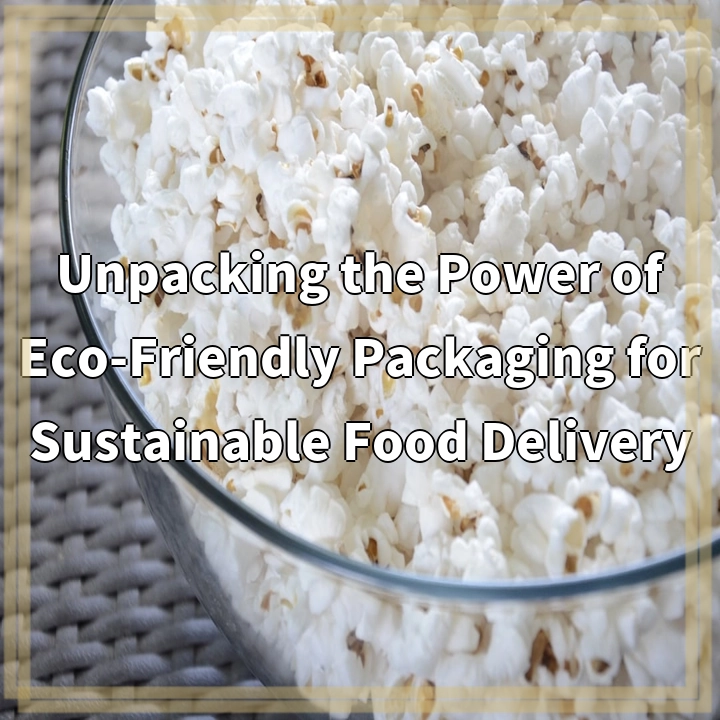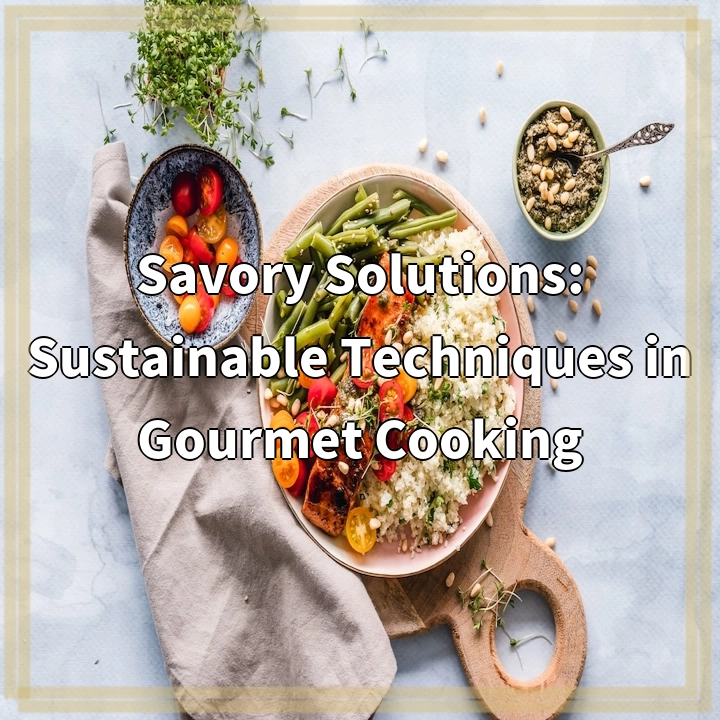
What it is:
Eco-friendly packaging for sustainable food delivery refers to the use of environmentally conscious materials and design strategies to package and transport food in a way that minimizes negative impacts on the planet. It involves moving away from conventional single-use plastic packaging and adopting more sustainable alternatives that are biodegradable, compostable, or recyclable.
Real-World Problems:
While food delivery has become increasingly popular and convenient, it has also contributed to the growing problem of waste generation. The use of conventional plastic packaging in food delivery leads to several environmental issues:
1. Plastic Pollution:
Lack of proper plastic waste management and improper disposal of plastic packaging often result in plastic pollution in our oceans, rivers, and landfills. This poses serious threats to marine life and ecosystems, and it takes hundreds of years for plastic to decompose.
2. Carbon Footprint:
Traditional plastic packaging is derived from fossil fuels, resulting in significant greenhouse gas emissions during production. Additionally, the transportation of food using non-eco-friendly packaging materials further contributes to carbon emissions.
3. Resource Depletion:
The production of conventional plastic packaging requires large amounts of non-renewable resources, such as petroleum or natural gas. This extraction and depletion of resources contribute to environmental degradation and can have long-term impacts on ecosystems.
4. Health Concerns:
Plastic packaging materials can contain harmful chemicals, such as Bisphenol A (BPA) and phthalates, which can leach into food and potentially have adverse effects on human health.

Solutions for Eco-Friendly Packaging in Sustainable Food Delivery:
1. Alternative Materials:
One solution is to explore and adopt eco-friendly packaging materials such as bioplastics, compostable materials, and recycled paperboards. These materials are renewable, biodegradable, and have a lower environmental impact compared to conventional plastics.
2. Reusable Packaging:
Implementing reusable packaging systems can significantly reduce waste. This involves using durable containers and implementing systems to collect and sanitize them after use, creating a closed-loop system that minimizes single-use packaging.
3. Innovative Design:
Eco-friendly packaging design can optimize space, reduce materials used, and ensure efficient use of resources. This includes designing packaging to be lightweight, stackable, and easily recyclable or compostable.
4. Collaboration and Education:
Encouraging collaboration between food delivery platforms, restaurants, and customers is essential for promoting sustainable packaging practices. Education and awareness campaigns can help inform consumers about the environmental impact of different packaging options and encourage them to make more eco-conscious choices.
5. Policy and Regulation:
Government regulations and policies can play a significant role in driving the adoption of sustainable packaging practices. Implementing waste reduction targets, fostering research and development of eco-friendly materials, and providing incentives to businesses can all contribute to a more sustainable food delivery ecosystem.















